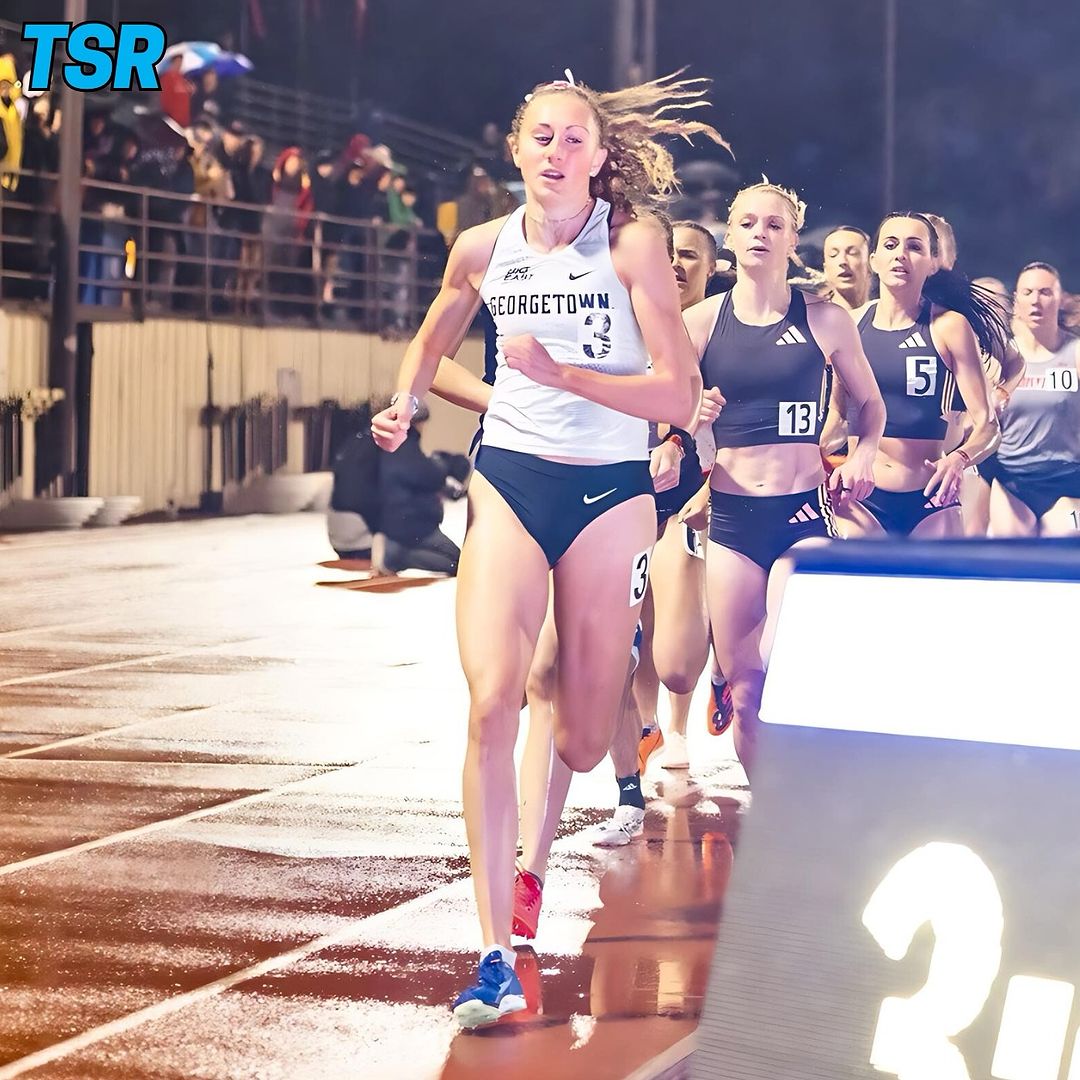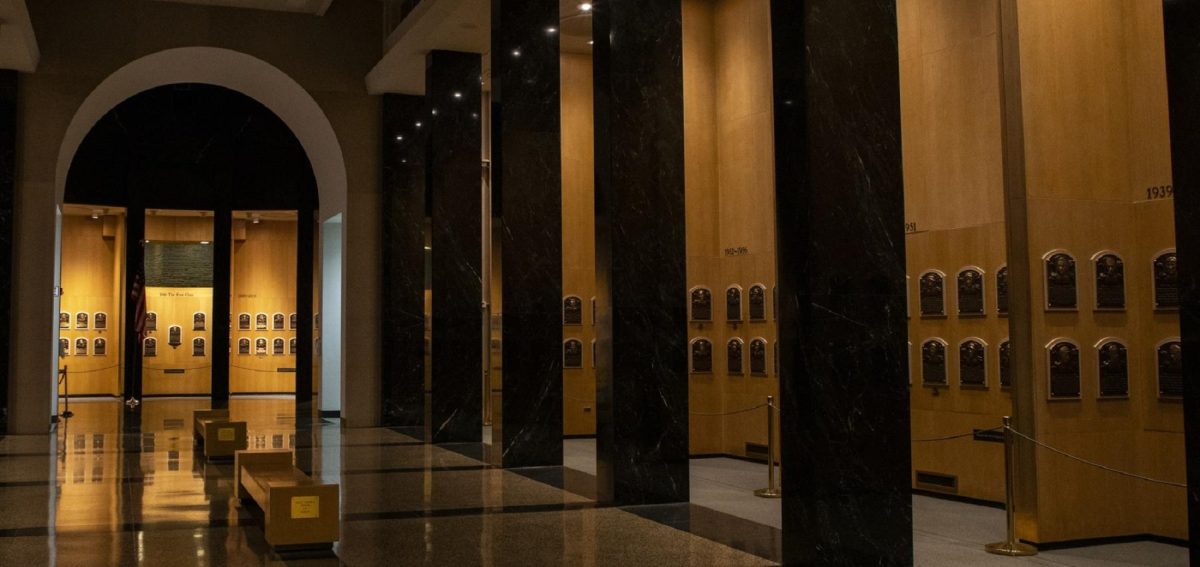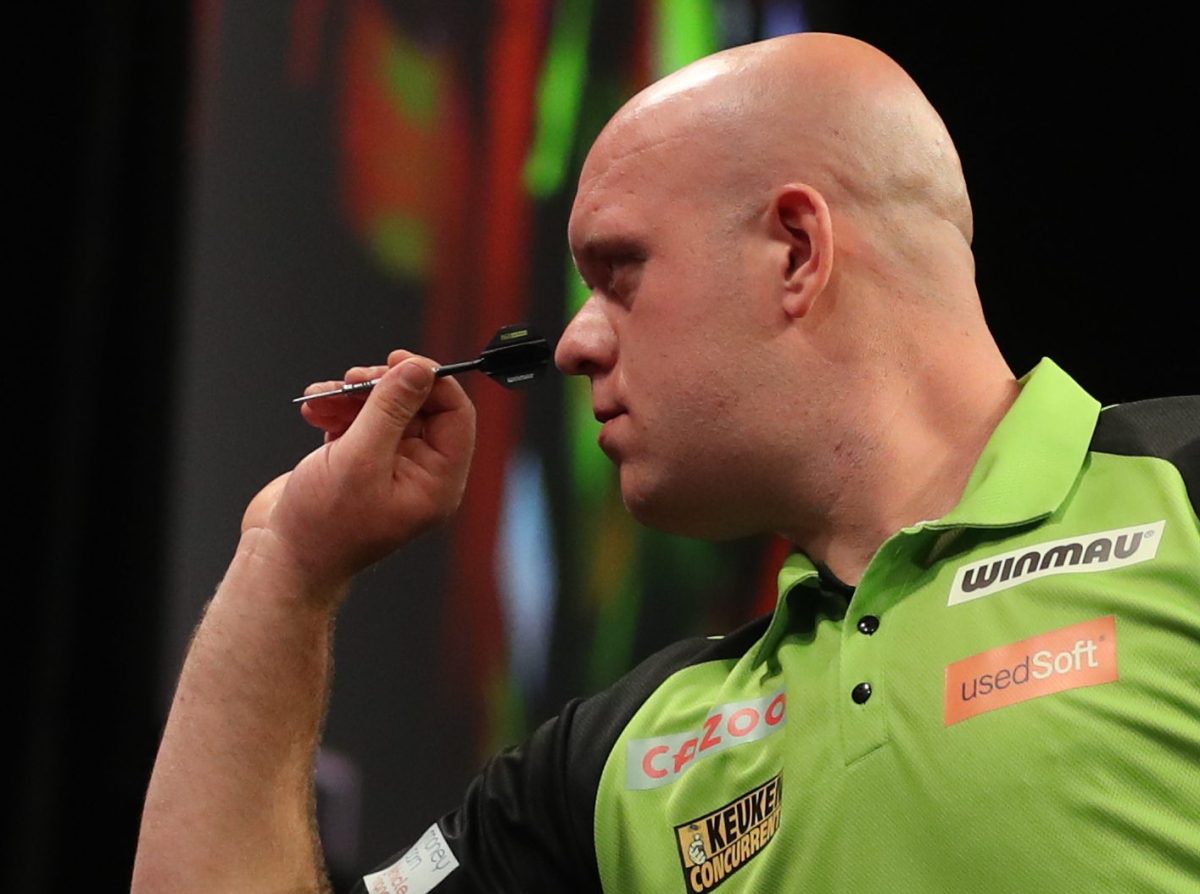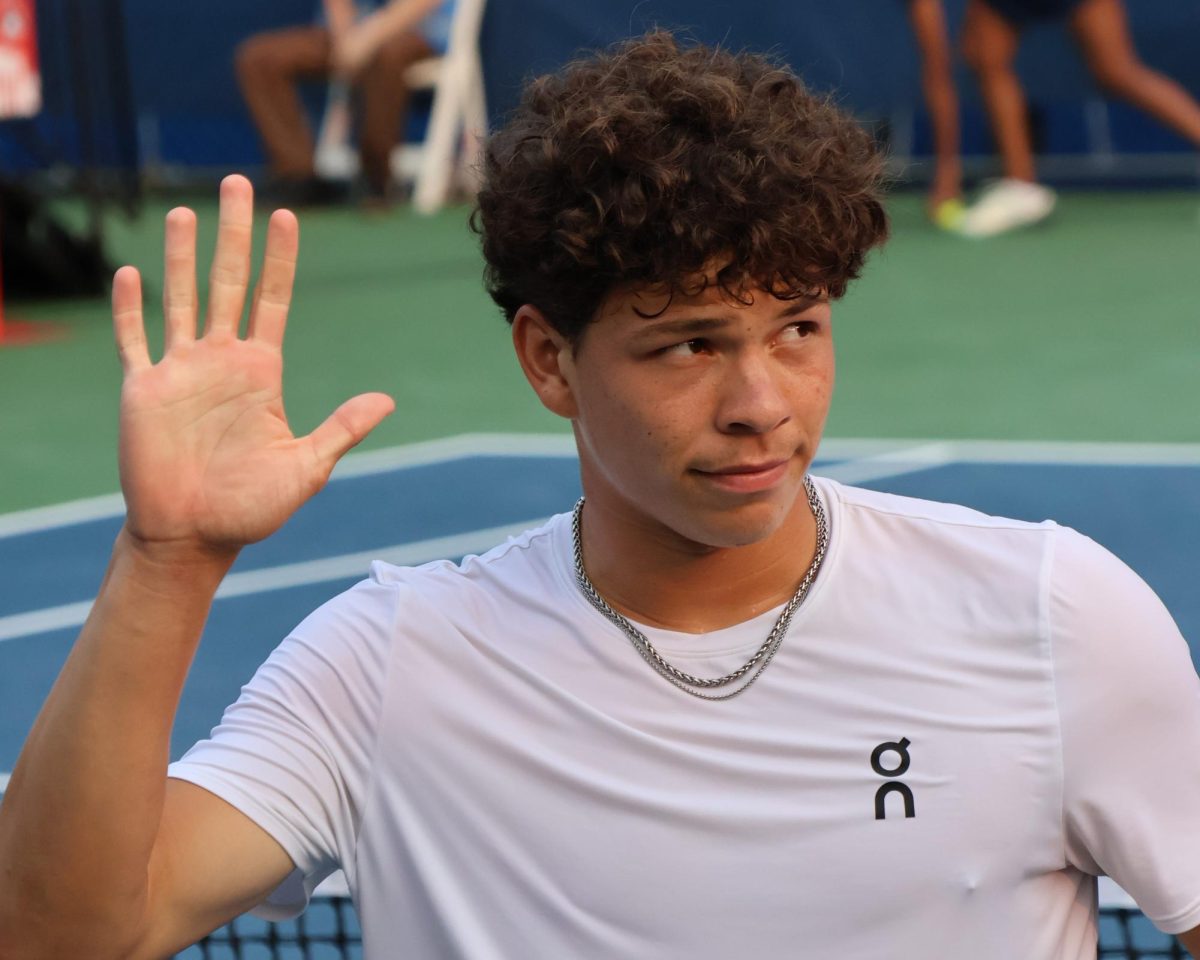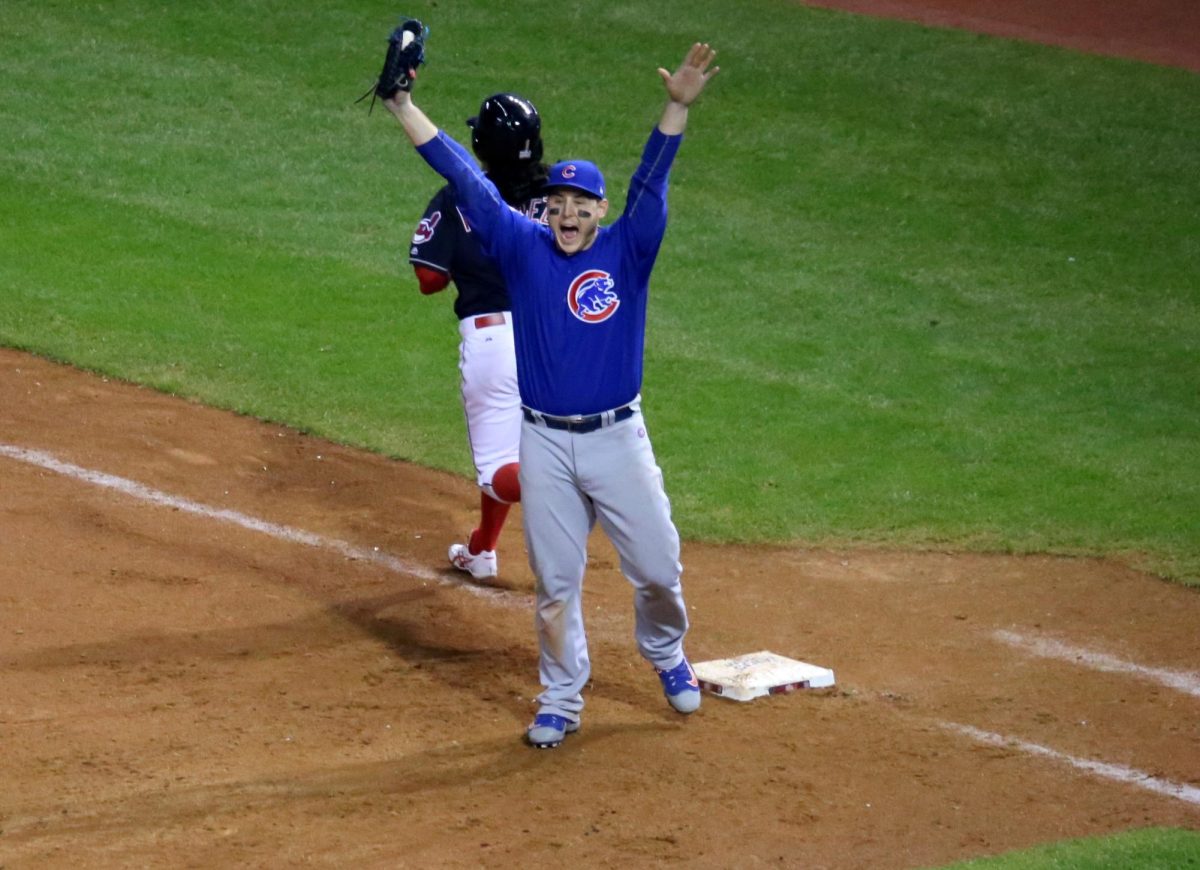When the late summer sun rises on the blue and green acrylic hard courts in Flushing Meadows each year, New York City begins to radiate with a little extra buzz. Advertisements start popping up in the city’s subway stations, dads wearing their blue U.S. Open hats reemerge and the talk of the town becomes endlessly energetic in anticipation of 14 straight days of tennis.
There’s something welcoming about the U.S. Open that is missing at any other grand slam. The stadiums morph into a sea of color dotted by the varied shades of the crowd’s faces and outfits, buzzing with the chatter of a plethora of languages all amalgamating into a muddled “hmm” that can be heard even after the chair umpire announces “quiet, please.”
Some were skeptical when the United States Tennis Association (USTA) decided to increase the tournament’s grandiosity further, spending half a billion dollars over the past seven years to construct the new Louis Armstrong and Grandstand courts, rebuild almost every field court from scratch to increase capacity and add retractable roofs to the two biggest show courts.
With a more luxurious setting, improved amenities and more seats on the grounds, the USTA planned to sell more tickets than ever before and significantly bolster its revenue. During this year’s Open, the “limited items available” marker on Ticketmaster and the American flags next to the tennis players’ names on the court all but vindicated the USTA’s ambitions.
Despite prices for Grey Goose Honey Deuces and fast food that would rival New York’s most upscale restaurants, the lines at concessions were nearly as long as the lines to enter the general admission courts and stadiums around the grounds. Greater attendance created a rowdy, often drunken, atmosphere on nearly every court and allowed more people to experience the sport — a major aim of the USTA.
Attendance soared, even though tickets on the U.S. Open website quickly fell into the black hole of the authorized resale market just after its initial release. Tickets were selling on sites like Ticketmaster and StubHub for three times more than last year, with TicketIQ calculating the average prices for tickets for this year’s Open to be a steep $621.
Nevertheless, the USTA has boasted about the number of spectators at this year’s event, highlighting how the U.S. Open smashed previous two and three-week attendance records and welcomed an unfathomable 950,000 spectators across its duration.
The revenue generated allowed the USTA to grant a tournament record $65 million in prize money and player compensation, the most of any tennis tournament on tour. The USTA will also have the funds to expand its tennis outreach and player development programs, a promising prospect considering the impact of both were front and center at the Billie Jean King National Tennis Center.
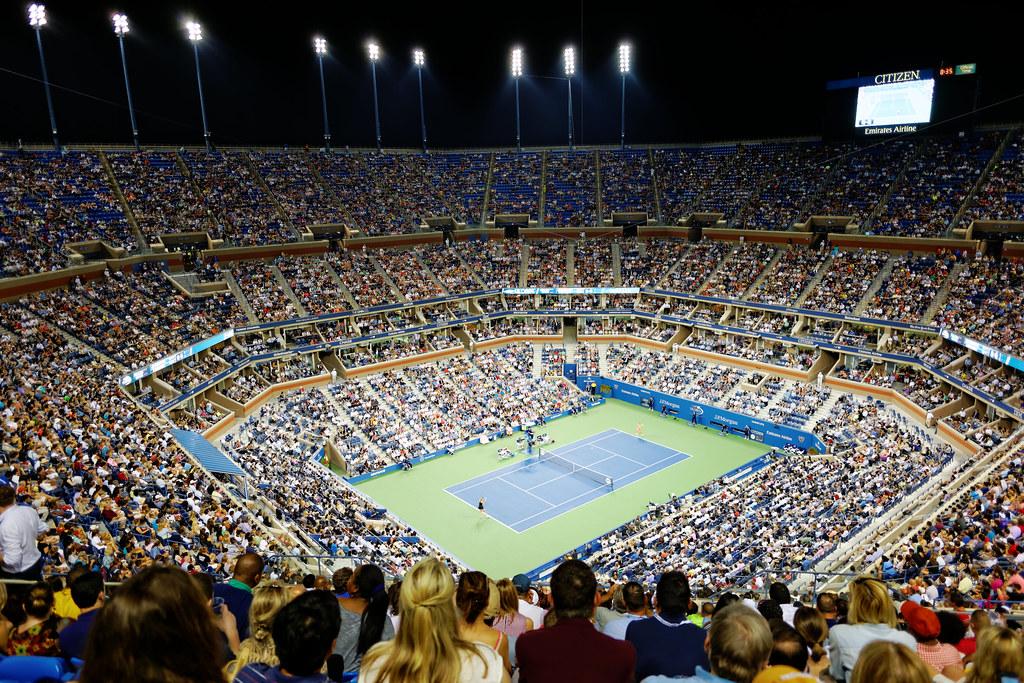
It seems fitting that so many young American talents collectively broke out at the same tournament where longtime top-ranked Americans Jack Sock and John Isner said farewell to the sport. Both former world no. 8s carried men’s American tennis through a challenging rebuilding stage after the glory days of American male world no. 1s ended with Andy Roddick in 2003. On the middle Sunday of the two-week Grand Slam, four American men under the age of 26 — Frances Tiafoe, Tommy Paul, Taylor Fritz and Ben Shelton — took the court representing the red, white and blue.
Shelton, a 20-year-old who won a team and individual national championship at the University of Florida, became the youngest American U.S. Open semi-finalist since 1992. Shelton invigorated the New York crowd with his 149 miles per hour serves, collegiate tennis-inspired competitiveness and lefty forehands that got even bigger with the occasion. Wearing a sleeveless shift from the brand On, an elite performance shoe brand that has partnered with 20-time Grand Slam champion Roger Federer, Shelton enchanted viewers with his charisma and captured the attention of the sporting world.
The quarterfinals saw Shelton oust Tiafoe, a semi-finalist in 2022, which marked the first time two African-American men met in the final eight of a Grand Slam. It was only right that the match was played during PrimeTime in Arthur Ashe Stadium, named in honor of the legend who fought to break the color barrier in professional tennis. With Coco Gauff capturing her first Grand Slam title a few days later, becoming the youngest female player to win the U.S. Open since Serena Williams’ victory in 1999, the world is quickly realizing that tennis is no longer just a country club sport. People from all backgrounds can reach the spotlight if given the opportunity.
Celebrities not typically known for their tennis fandom — including Spike Lee, Jimmy Butler, the Obamas, Lil Wayne, Aaron Rodgers and the Biebers, among countless others — cheered on the new American stars while simultaneously ingraining this new generation of young Americans into popular culture.
“We always believed this would happen,” Martin Blackman, the general manager for player development at the USTA, who has known all five players since their early years, told The New York Times. “But you never know when.”
The USTA looks to be succeeding in developing a new generation of American champions and expanding both the audience and demographic of tennis. If Novak Djokovic ever retires, it’s not impossible to imagine crowning two American singles champions in Flushing Meadows.






